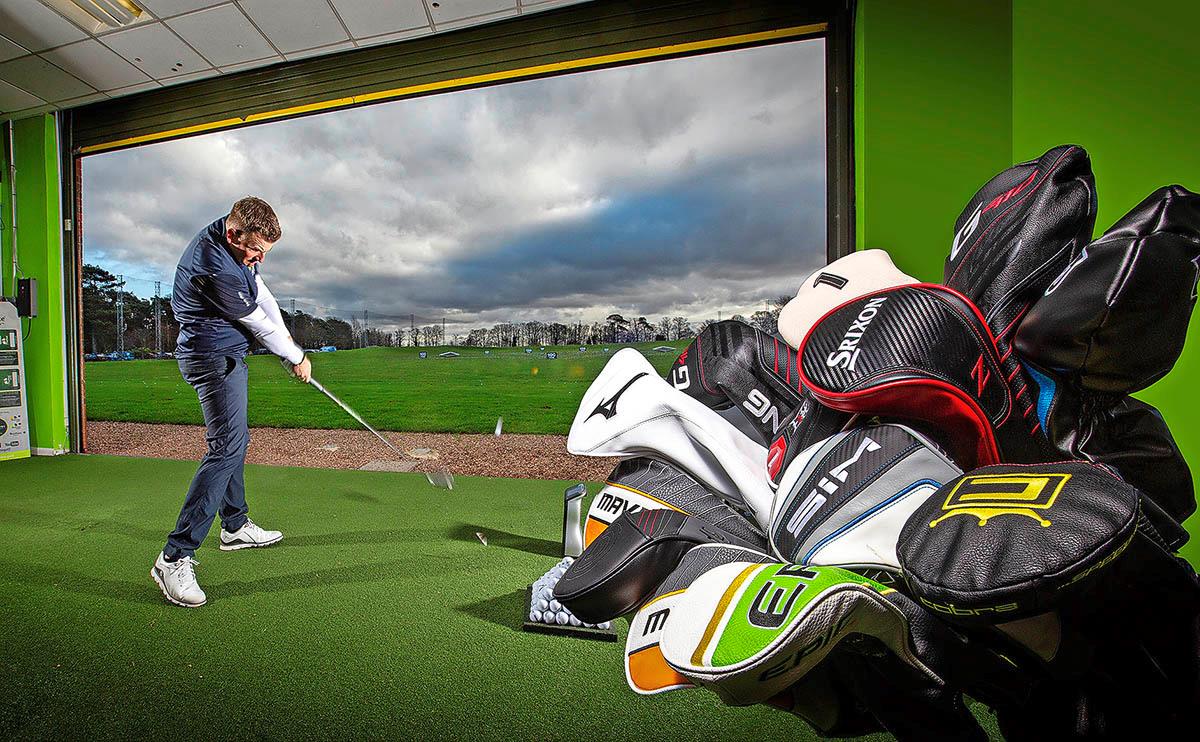
Measuring Golf Driver Shaft Length
In our experience over the last twenty years, we have seen off-the-shelf driver lengths go from 43 inches to 48 inches, the maximum allowable by the USGA, and back to somewhere around 45 inches. The holy grail for most golfers is increased distance off the tee. With the USGA governing the rebound effect off the face of the driver (CT), it seems logical that adding length to the driver creates a longer swing arc and therefore more club head speed. But, if you do not hit the sweet spot on the face of the driver, you will actually LOSE distancebecause the efficiency (smash factor) will drop and you will generate less ball speed. In fact, the winner of the 2018 Masters used a driver that is 44.5 inches long and the 2nd place finishers driver length was 44.5 inches as well. Check out our list of 2018 stock drivers at the end of this blog.
Shafts on the professional golfing tours are on average 44.5” while the average shaft length fitted to drivers that you buy off the shelf is approximately 45.5”. A custom fitting is the best way to best way to ensure that your driver shaft is the correct size. When thinking about what length golf clubs to use, specifically the driver, it will depend on if you prioritise distance or accuracy in your long game. In reality, the average length of a driver used on tour is 44.5″, while the average shaft length found in drivers on the shop shelves is around 45.5″. The average length of a driver 5 years ago was approximately 45” long. In 2011, the average driver length of the brands that we stock is 45.73”, and that number is only going to go up in 2012. In concept, going to a longer shaft is a great idea since in most cases the longer the shaft the faster the head will travel.
So, how do you determine YOUR optimum driver length? There are several factors that you should consider:

Even though the Rules of Golf for competition allow the club shaft length of up to 48 inches, Golf Monthly notes that the average driver length used on the tour is ‘only’ 44.5 inches, while the average driver length in golf shops is about 45.5 inches. Shaft Shaft Weight Weight WOOD 65+ 64 – Driver 44.00' 44.50'. Standard lengths are based on lengths required. GOLFWORKS ® Title: Layout 1.
Arm length and Posture.
Golf Driver Shaft Length Guide
In both our BGF Fitting System and the TrueFitClubs Fitting Wizard, we use wrist-crease-to-floor measurement to determine a good length. Our system is designed to give the “average” length for a driver of 44.5 inches. We have found in thousands of fittings that a driver that is too long will result in more hits off the heel of the club causing higher spin and loss of distance. Another factor is posture at address. If you stand very tall and have a steep swing plane, you could use a slightly longer driver.
Impact of Length on Shaft Weight
If you are playing a shorter driver, say 44 inches instead of the “standard” 45 inches, you should consider a slightly heavier shaft, say 10 grams heavier. This will help create a more balanced feel and gain back some of the swing weight lost when cutting down the length of the club. Also, we add head weight to bring the swing weight back up to a more comfortable feel for more consistency.
Impact of Length on Shaft Flex
As you go shorter in length, you should consider a slightly softer flex. Also, if you go longer in length you should consider a slightly stiffer flex. Our BGF Fitting System and TrueFitClubs Fitting Wizard take this into account when making our initial recommendations.
So What is the Right Driver Length?
To determine your optimum driver length, look at where you hit the ball on the face of your driver. If your hits are mostly towards the heel, your driver is too long. Another possibility is that the shaft is too light. Try choking down on the shaft and see if your contact improves. If you have difficulty seeing where your ball makes contact on the face, you can use Dr. Scholl’s Foot Powder or some face tape. If your hits are mostly on the toe, your driver could actually be too short.
The Short Answer is Shorter is Better
For most golfers we fit, a shorter driver creates more consistent contact on the face and actually helps not only gain distance but accuracy and consistency. In our opinion, driving for show is fine if you can hit great shots out of the rough or from behind a tree. If your fairways hit are less than 50% and you have an OB or two off the tee during a round, it is time to get your driver fixed!
Dan Sueltz and Eric Touchet
Driver Lengths for Popular Stock Clubs
